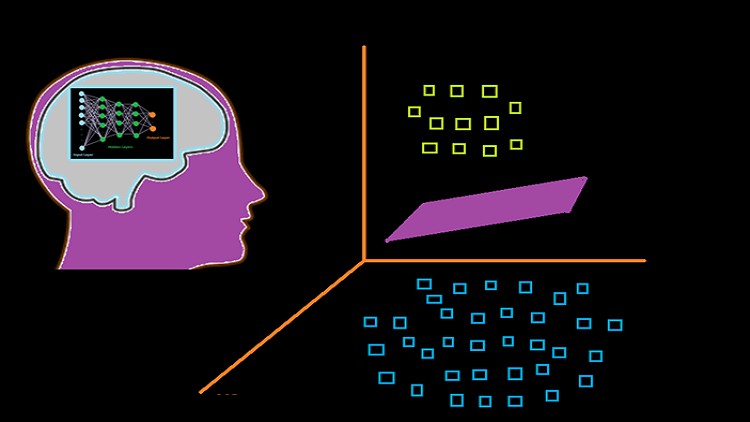1. Introduction of the Section
2. Origin of the Regression
3. Definition of Regression
4. Requirement from Regression
5. Simple Linear Regression
6. Multiple Linear Regression
7. Target and Predicted Values
8. Loss Function
9. Regression With Least Square Method
10. Least Square Method With Numerical Example
11. Evaluation Metrics for Regression
12. Project01-Simple Regression-Part01
13. Project01-Simple Regression-Part02
14. Project01-Simple Regression-Part03
15. Project02-Multiple Regression-Part01
16. Project02-Multiple Regression-Part02
17. Project02-Multiple Regression-Part03
18. Project03-Another Multiple Regression
19. Regression by Gradient Descent
20. Project04-Simple Regression With Gradient Descent
21. Project05-Multiple Regression With Gradient Descent
22. Polynomial Regression
23. Project06-Polynomial Regression
24. Cross-validation
25. Project07-Cross-validation
26. Underfitting and Overfitting ( Bias-Variance Tradeoff )
27. Concept of Regularization
28. Ridge Regression OR L2 Regularization
29. Lasso Regression OR L1 Regularization
30. Comparing Ridge and Lasso Regression
31. Elastic Net Regularization
32. Project08-Regularizations
33. Grid search Cross-validation
34. Project09-Grid Search Cross-validation

